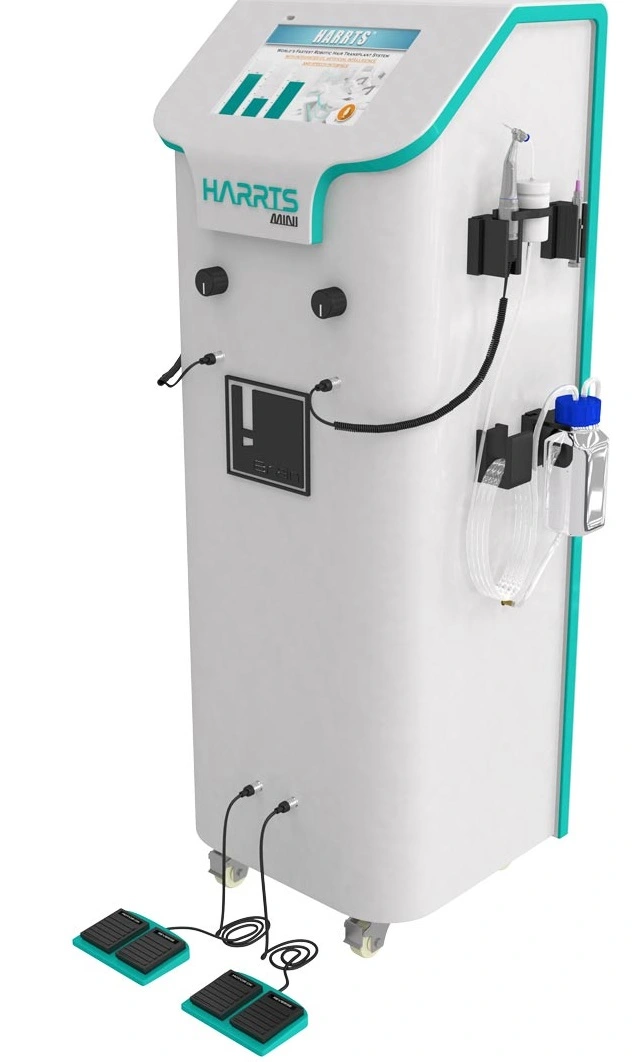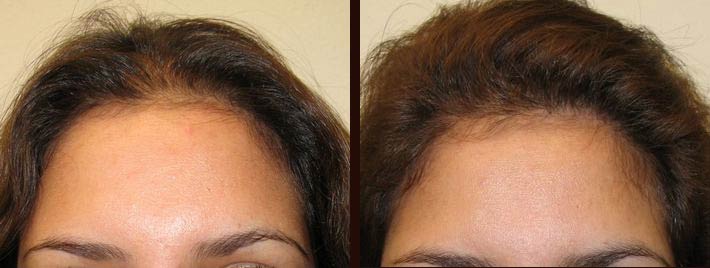What is Hair Transplantation?
Hair transplantation is a procedure where the surgeon extracts the healthy, bald resistant hair roots from your donor area which is situated on the back and sides of your head and implants them into the bald area.
What are the different ways of doing a Hair Transplantation?
Hair transplantation is done mainly in 2 ways i.e.
Strip technique or FUT:
Surgical technique involves harvesting a strip of skin from your Backside of head. The hair are then separated and implanted on the bald area.
This involves cutting your scalp skin, then stitching it.
This technique is therefore painful, gives a long linear scar.
FUE (Follicular Unit Extraction)
FUE is a technique of transplantation wherein hair are removed from the back side of the head (Donor Area), one by one, without taking any incision and they are then transferred to the bald patches
How many Hair or Follicular Units will I require?
This depends on 3 factors i.e.
- The Present Baldness
- Hairline Desired
- Density Desires
The Present Baldness can be divided into 7 grades as shown in the figure. The greater the grade of baldness, more the number of follicular units that would be required.
The Hairline Desired: The more anteriorly designed hairlines would require more number of follicular units.
Density Desired: More number of follicular units would be required for more densely filled hair than for less densely filled hair.
Density is divided into.
- Fuller density or 45 FU/sq.cm.
- Camouflage density or 22 FU/sq.cm.
What is Human assisted rapid robotic Hair Transplantation and what are its advantages?
Human Assisted Rapid Robotic Hair Transplantation System is the most advanced minimally invasive hair restoration device for both men and women. Developed by physicians, medical scientists and engineers, HARRTS allows physicians to perform hair restoration procedures more efficiently, safely, and in less time, while delivering natural, permanent results. It is the Fastest, Safest, Least-Invasive and Most Result Oriented Technique of Hair Transplantation Available Currently. Dr. Thaj Laser Skin Hair Clinic is proud to launch this advanced and the latest technology for the first time .
What is the HARRTS procedure like?
Using only local anaesthetic, physicians use the HARRTS device to gently extract individual micro hair grafts from the back of your head. These grafts are then implanted using the latest implanter into the balding areas to regrow thick, healthy, natural hair.

How long does this procedure take?
Typically 5-6 hours. The advanced HARRTS device can complete the harvesting portion of the procedure in one-third less time compared with other devices. That means your physician can harvest more grafts in less time and reduce the amount of time the grafts are awaiting implantation, which gives you better results.
What kind of results should I expect?
Your new hair grafts will grow in the areas that are bald or thinning, creating a fuller, natural looking head of hair. Since it’s your real hair, it looks completely natural, restoring a more youthful appearance and confidence levels.
When do you see the results? When will my hair start to grow?
Newly transplanted hair grows naturally in several phases. You’ll see new hairs in about three months, followed by a noticeable improvement in six months and full growth at 12 to 14 months.
Am I a good candidate for a procedure using HARRTS?
The majority of hair loss patients are candidates for the HARRTS procedure, particularly those who would like to wear very short haircuts, want the least amount of activity restriction after their procedure, or have had a prior strip procedure and need a scar camouflage. Consult our doctors to find out more about this technology.It is ideal for both men and women with reduced hair density issues.
What about my present existing hair? How do I prevent them from falling?
Your pre-existing hair is always vulnerable to fall because of the effects of DHT.
We recommend you to start taking medication to prevent the falling of your pre-existing hair.
Can I customize my Hair Transplantation?
You can decide for yourself for the area where you want the Hair Transplantation done. You can also decide for yourself as to how many grafts you want in the bald area. You can calculate this by consulting our doctors who will use the HARRTS Hair Studio Application for this purpose
What happens to the extracted area? Does the hair grow back again?
The donor area looks still the same after extraction, no baldness appears over there though the hair that has been extracted is been transplanted to the bald area. The total number of hair still remains the same; we just manipulate the number of hair in preferred locations to give you a fuller look
What is the recovery period like?
The procedure heals quickly and is not painful. You can return to work in a couple of days, with very few activity restrictions after the procedure.


